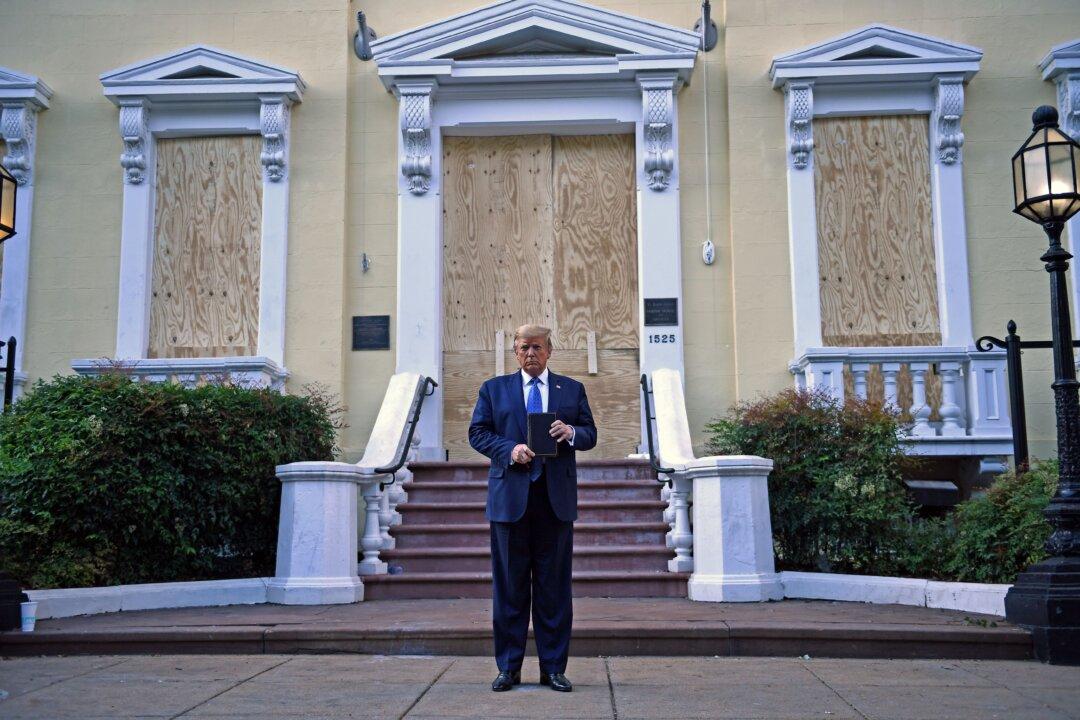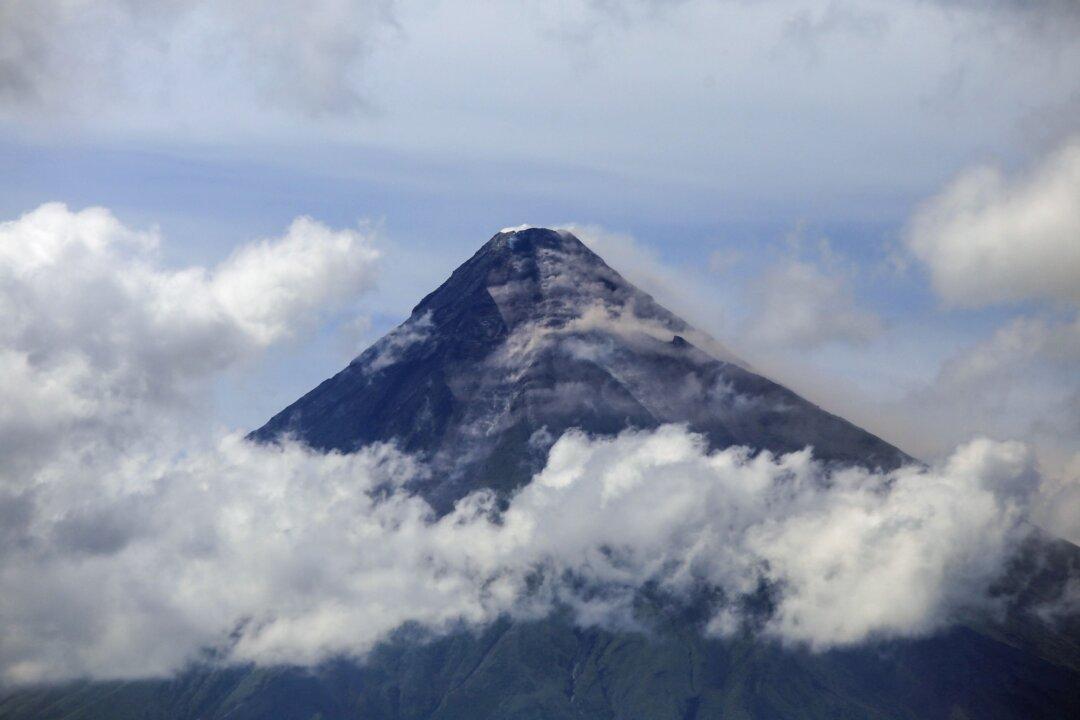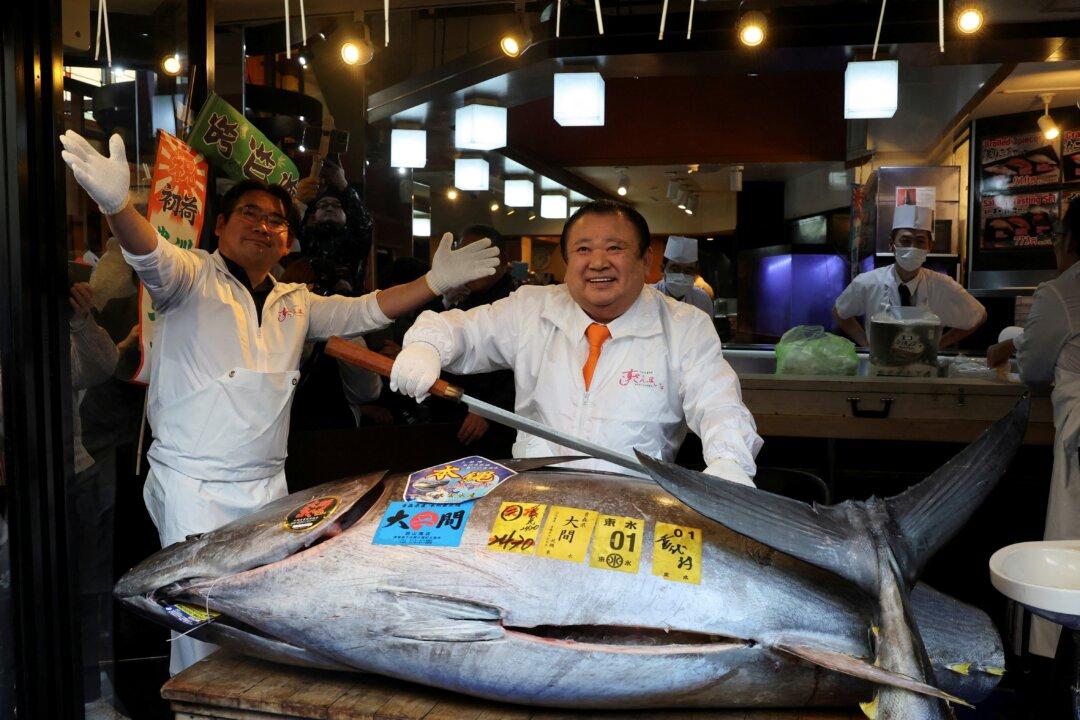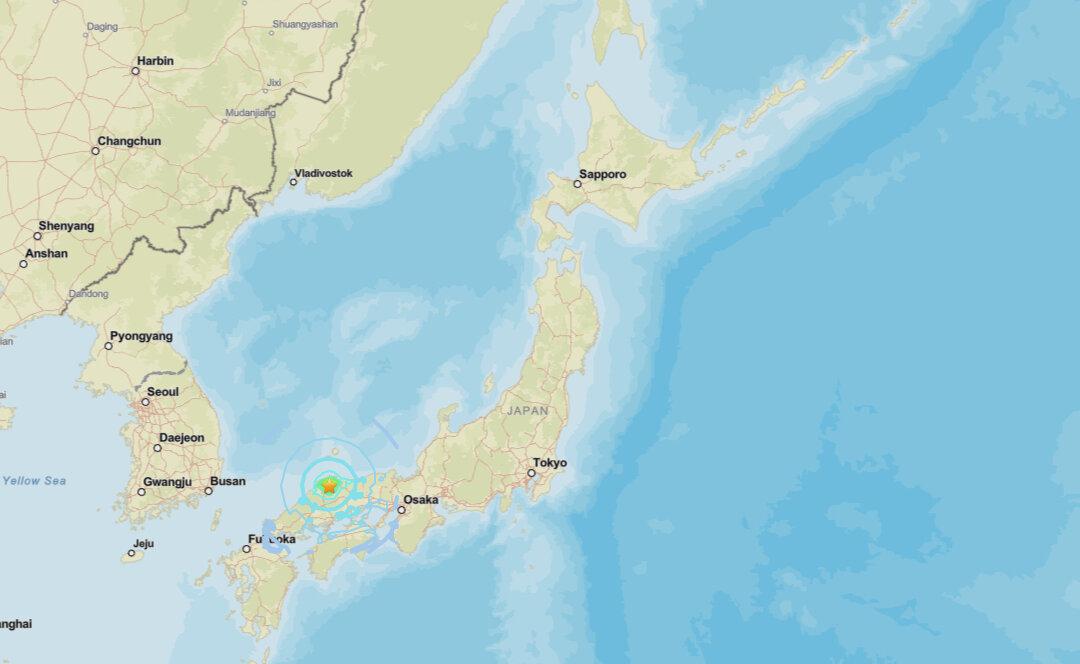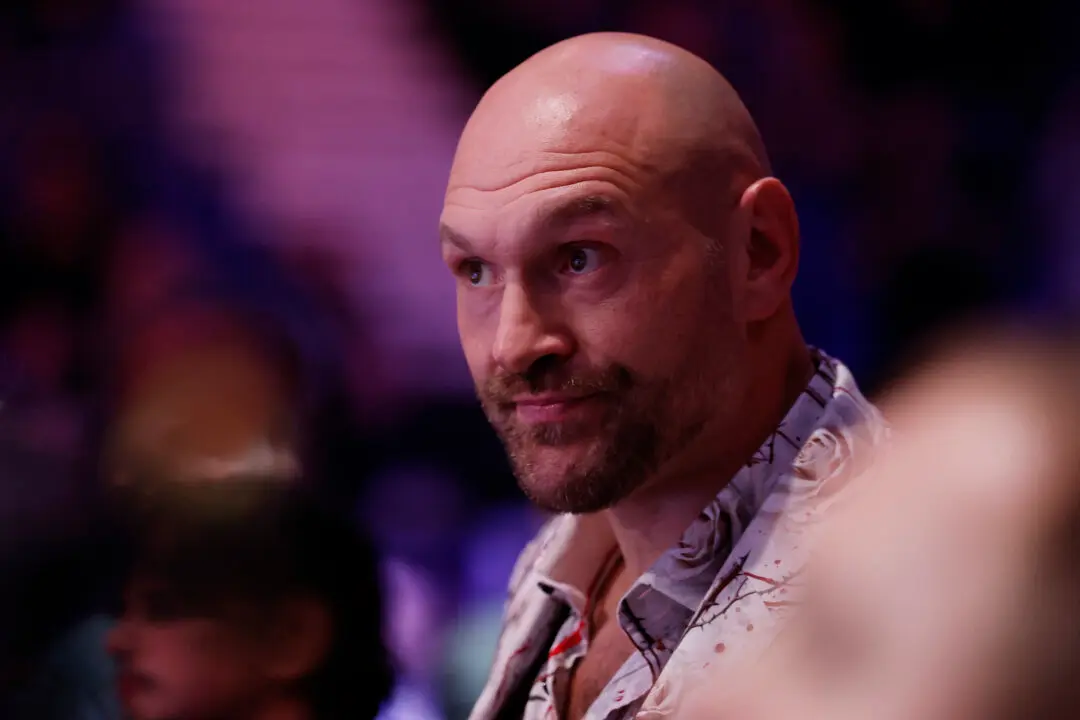WASHINGTON/MINNEAPOLIS—President Donald Trump on June 1 vowed to end violent protests in major cities across the nation “now,” saying that he would deploy the military if mayors and state governors refused to call out the National Guard. As Trump spoke in the Rose Garden of the White House, live television images showed police firing crowd control devices to dispel demonstrators in Lafayette Park, across the street.
“Mayors and governors must establish an overwhelming law enforcement presence until the violence has been quelled,” Trump said. “If a city or state refuses to take the actions that are necessary to defend the life and property of their residents, then I will deploy the United States military and quickly solve the problem for them.”
